These traditional Eccles cakes are a traditional British pastry filled with a mixture of dried fruit, brown sugar and spices encased in a crispy flaky pastry shell. Originating in the town of Eccles in the county of Lancashire in the north of England, these irresistible treats have been enjoyed for centuries.
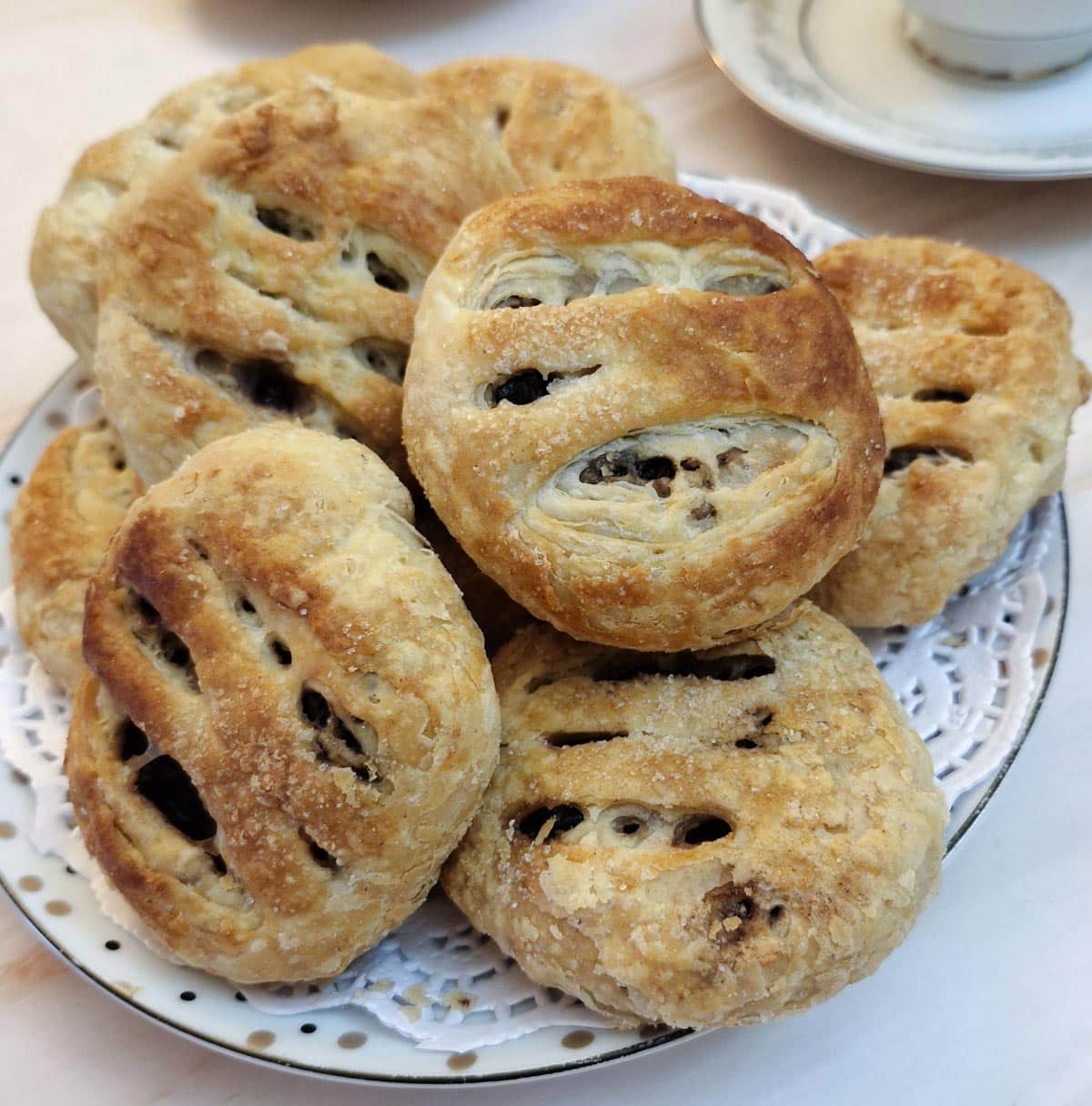
Eccles cakes have been baked in one form or another for over 400 years, and one bite should be enough to convince you why they are still popular today!
They haven't always been as popular though! It is thought they were originally baked to celebrate the Feast of St Mary, in Eccles, a town in Lancashire in the north of England. When Oliver Cromwell and the Puritans came to power in the mid 1600s, Eccles cakes were banned because of their religious connotations.
Luckily the recipe survived! The first commercially produced Eccles cakes were sold at a bakery owned by James Birch at his shop in 1793 and they are still being sold by bakeries and supermarkets in the UK to this day. If you would like to find out how Eccles cakes are produced locally, you might like to visit the Lancashire Eccles cake website.
And if you'd like to try a real commercially produced English Eccles cake you can buy them on Amazon (affiliate link) or you might find them in your local supermarket. (Or you can just follow my recipe and make your own 🙂 ).
This is quite a long post because I've included my recipe for flaky pastry. You can use the links below to skip to the sections that interest you.
Jump to:
What are Eccles cakes?
Eccles cakes are flat round pastries, filled with a mixture of dried fruit (normally currants), butter, brown sugar and spices. While traditional Eccles cakes are made with homemade flaky pastry, you could save time by making them with a roll of shop-bought puff pastry instead. They would still taste great but wouldn't have the same texture that you get with flaky pastry.
Once the cakes have been formed they are given the three distinctive cuts on top, brushed with milk and sprinkled lightly with sugar, which adds a sweet crunch to the pastry.
And once they've been baked you have a buttery, crunchy pastry, filled with sweetened plump currants, which is the perfect for enjoying with a cup of tea or coffee. In the north of England, where these Eccles cakes originated, they are also served with a slice of cheese as a tasty snack.
You can see the texture of the flaky pastry in the image below.
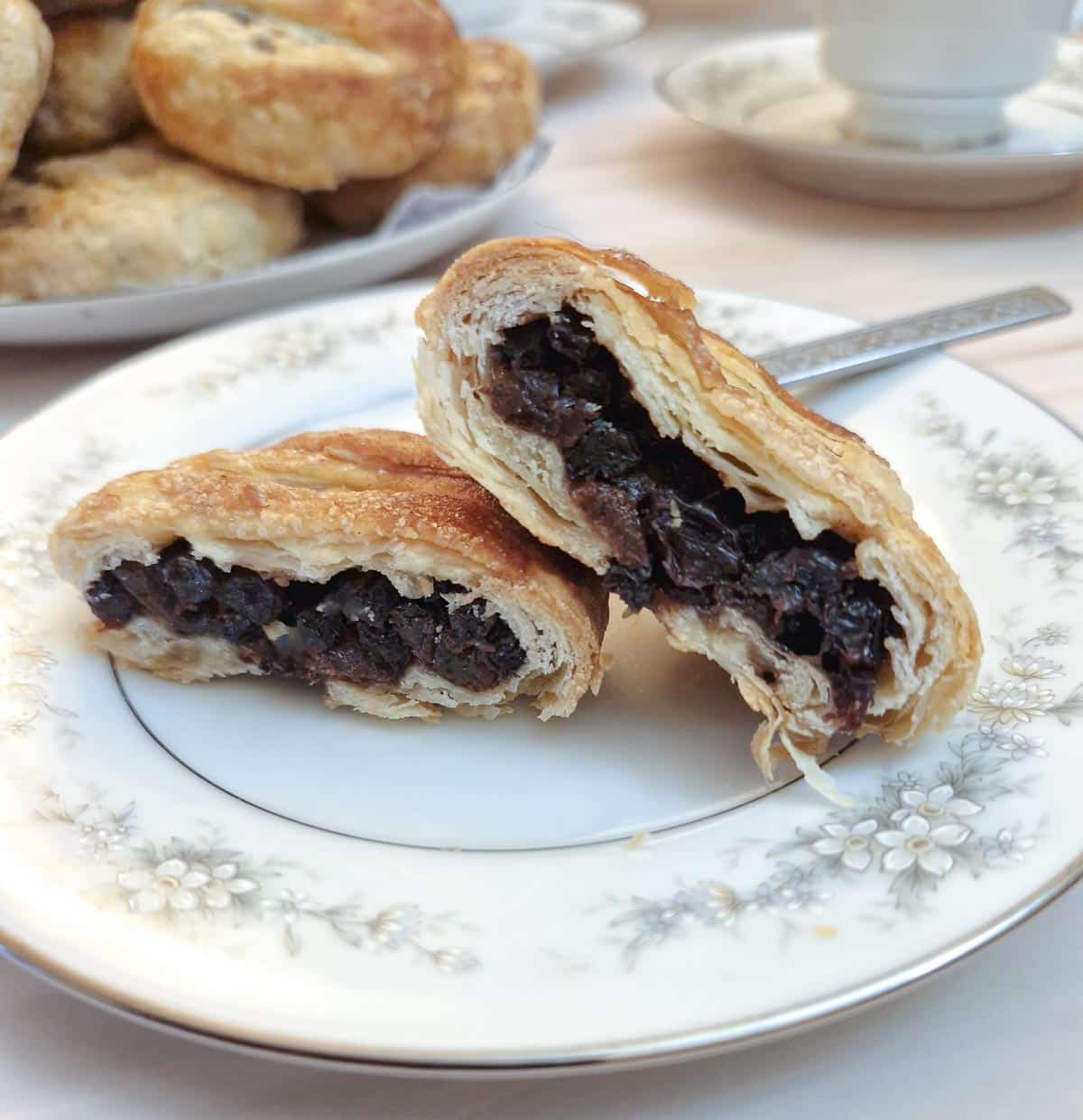
Ingredients
This recipe makes 12 Eccles cakes.
I've split the photos into ingredients for the pastry and ingredients for the filling.
**You can find the exact measurements for the ingredients for both the flaky pastry and the fruit filling on the printable recipe card at the end of this post**
Flaky pastry
If you prefer to use shop-bought puff pastry, you will need 2 x 320 gram (7.25 ounce) rolls to make 12 Eccles cakes.
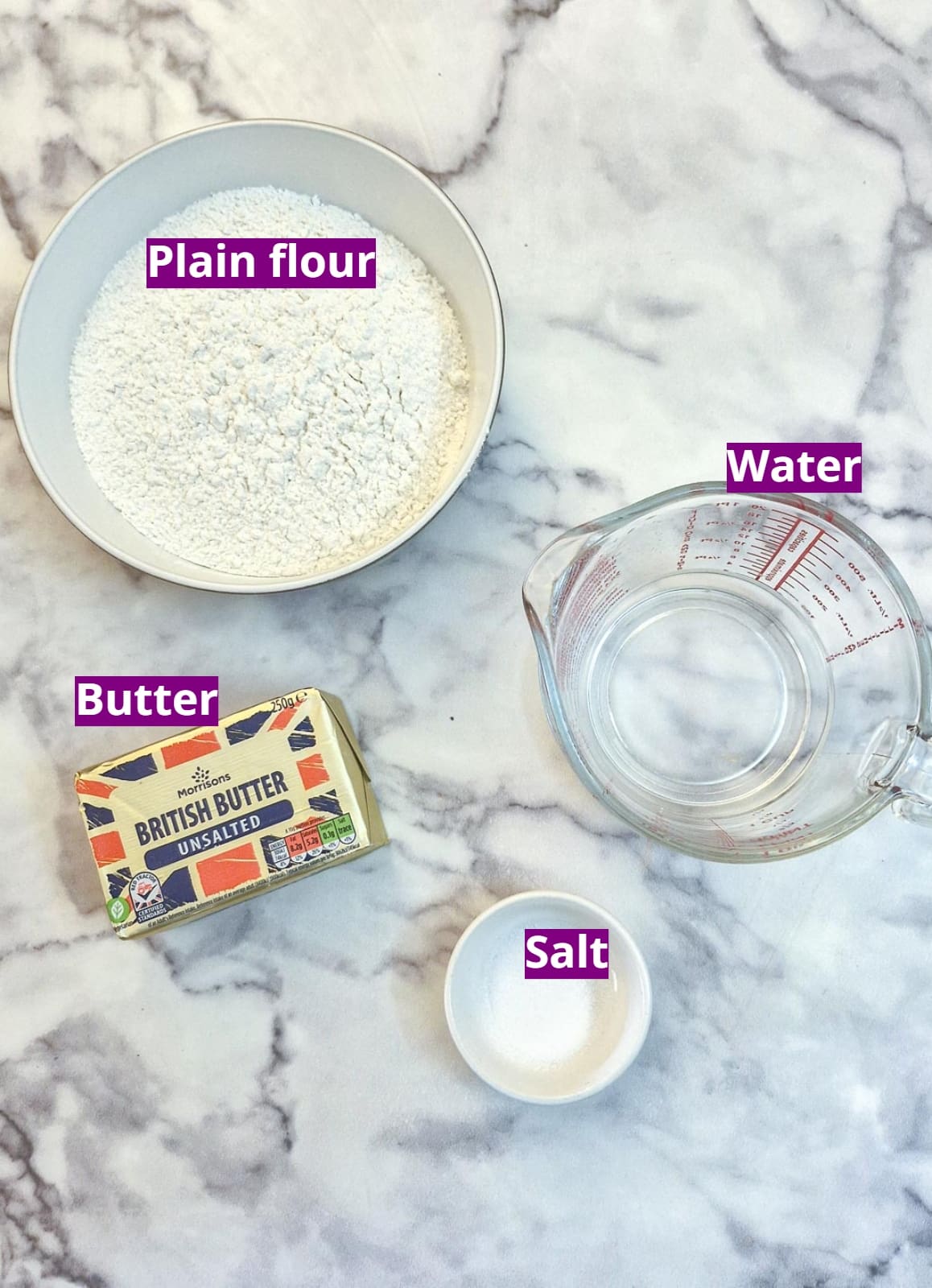
- Flour - you need plain or all-purpose flour for this recipe. Don't use self-raising flour. As the butter in the pastry melts it creates pockets of steam which will cause the pastry to rise naturally.
- Butter - use unsalted butter so you can control the amount of salt you add to the pastry. If you only have salted butter then omit the salt. Use cold butter from the refrigerator.
- Salt - a little salt enhances the flavour of the pastry.
- Water - this should be ice-cold.
Fruit filling
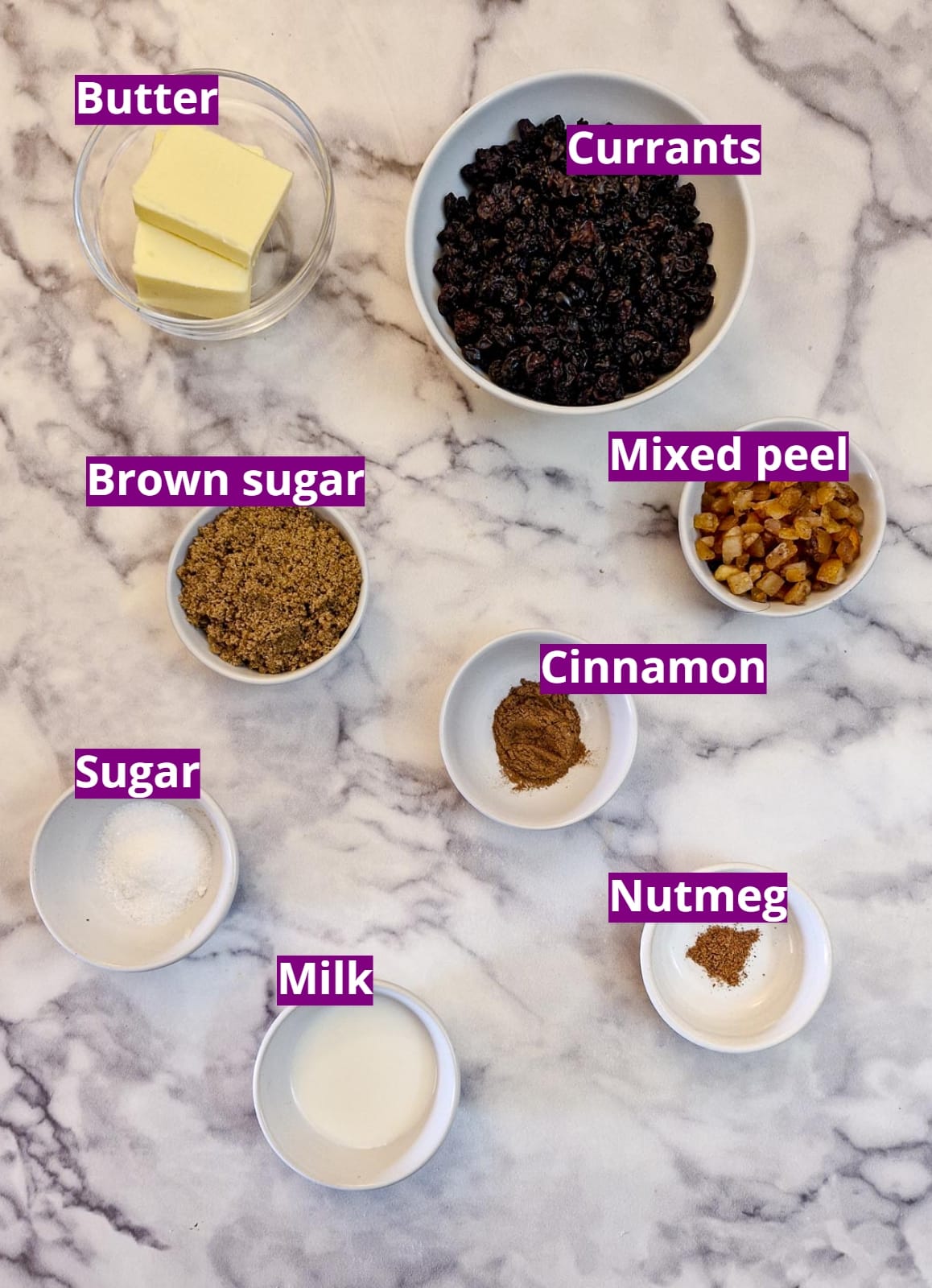
Butter - I used unsalted butter because that's what I normally have in the fridge.
Currants - Eccles cakes are traditionally made with currants. You can substitute with raisins if you prefer.
Mixed peel - this is candied mixed peel made from the skins of oranges and lemons and provides a slight citrus flavour. If you don't like mixed peel substitute it with the equivalent amount of currants (or raisins).
Brown sugar - for sweetness. Brown sugar provides a slight caramel taste - substitute with white granulated sugar.
Cinnamon and nutmeg - these are the traditional warming spices normally used in Eccles cakes. The closest substitute would be mixed spice.
Sugar and milk - these do not form part of the filling. They are used to brush on top of the Eccles cakes before baking. You can use either brown or white sugar.
Instructions
Flaky pastry
Skip these steps if you are using shop-bought puff pastry. (Skip to the section on filling for Eccles cakes)
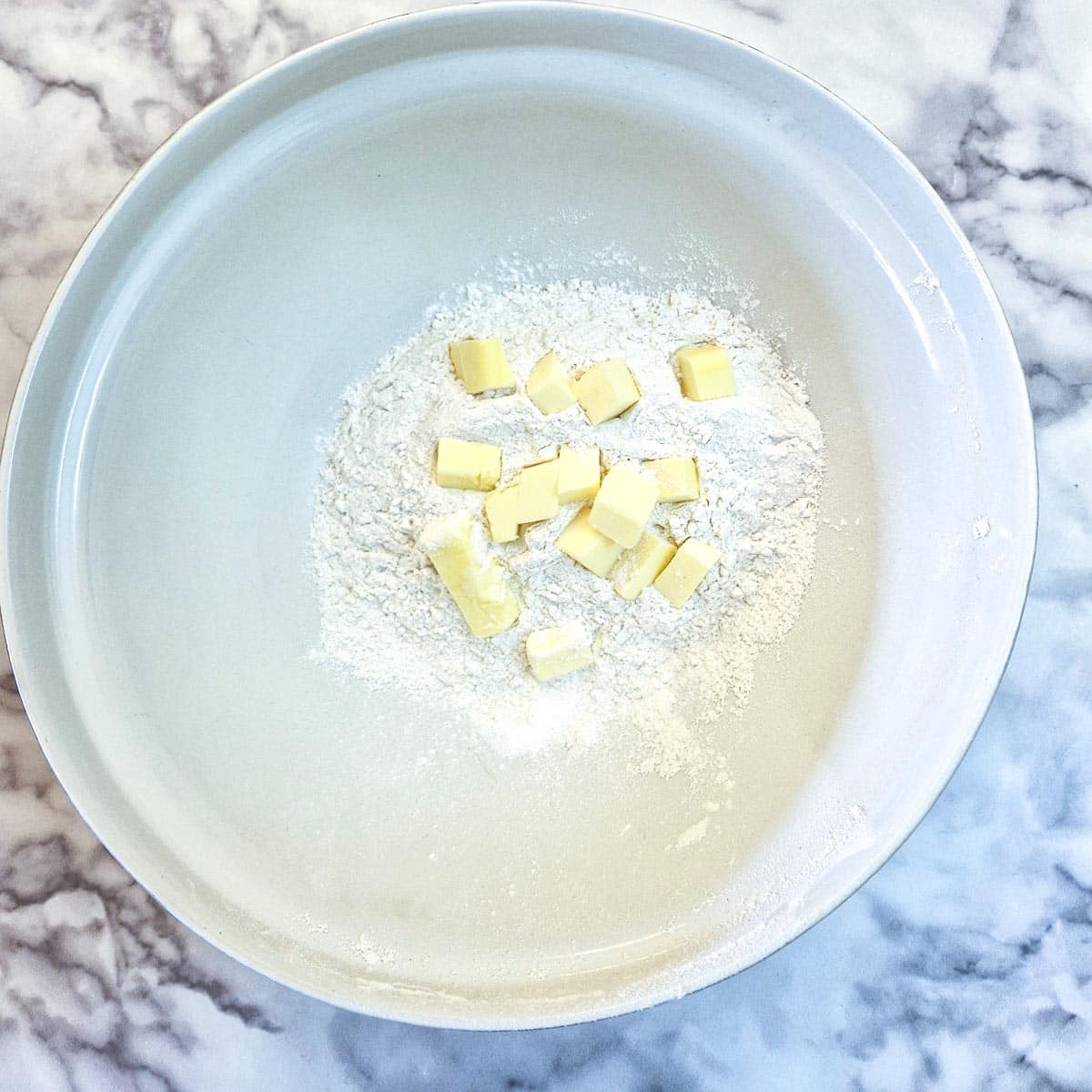
Cut half of the butter into cubes and place it with the flour and salt into a mixing bowl.
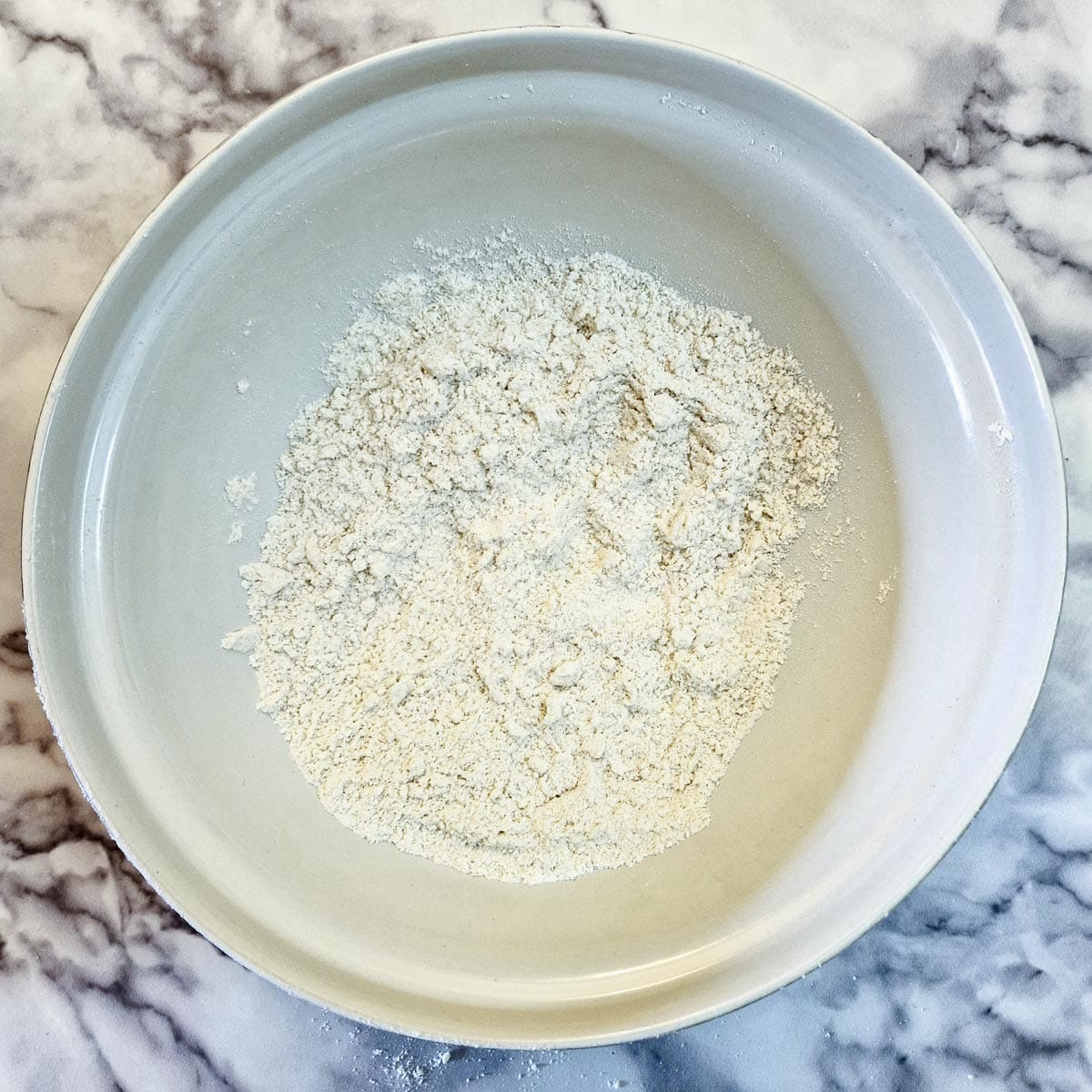
Use your fingertips to rub the butter into the flour until the flour resembles fine breadcrumbs.
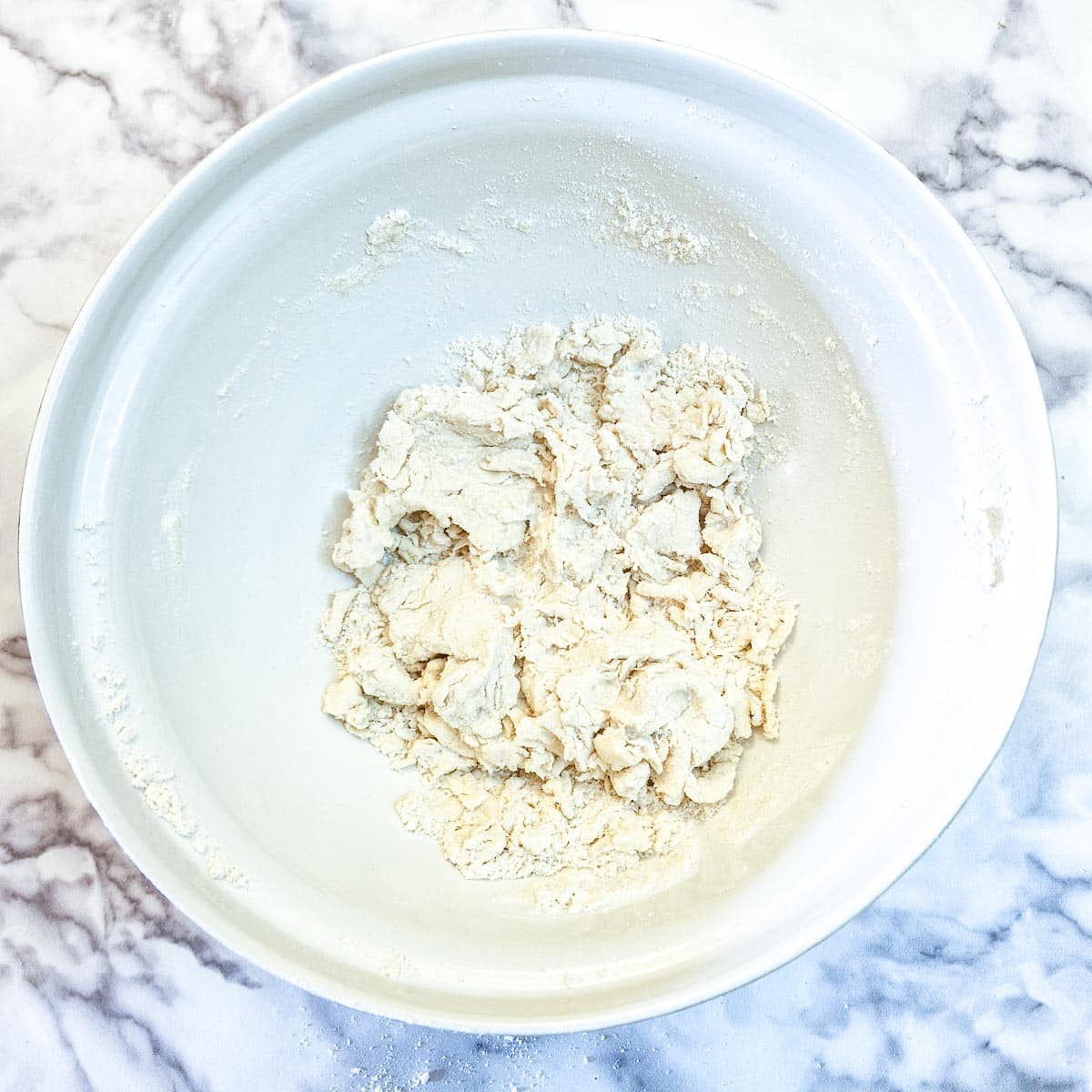
Add the water and mix with a flat-bladed knife until the mixture turns into a shaggy dough.
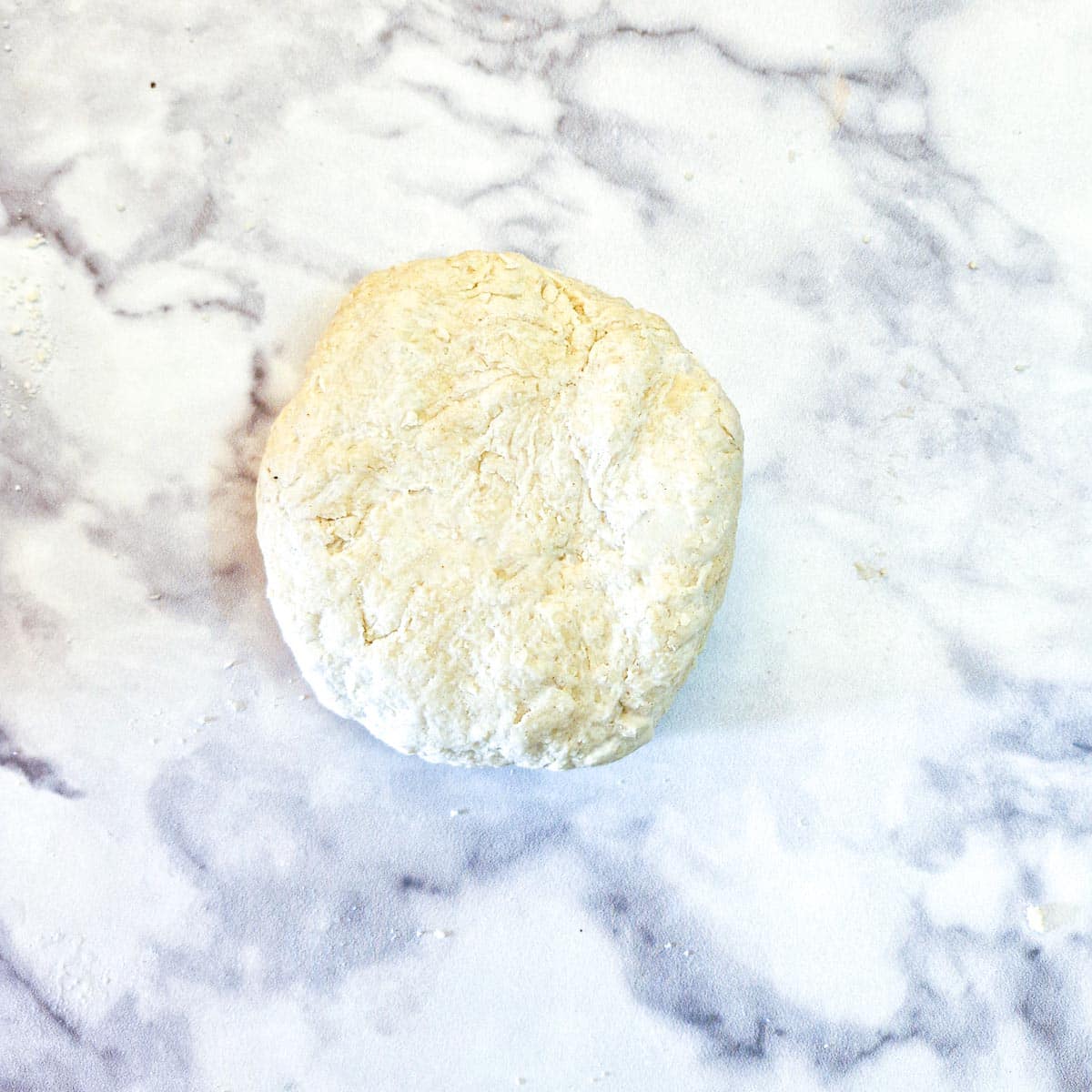
Tip the dough out onto a lightly floured surface and press it gently until it comes together in a disk.
Rolling the dough
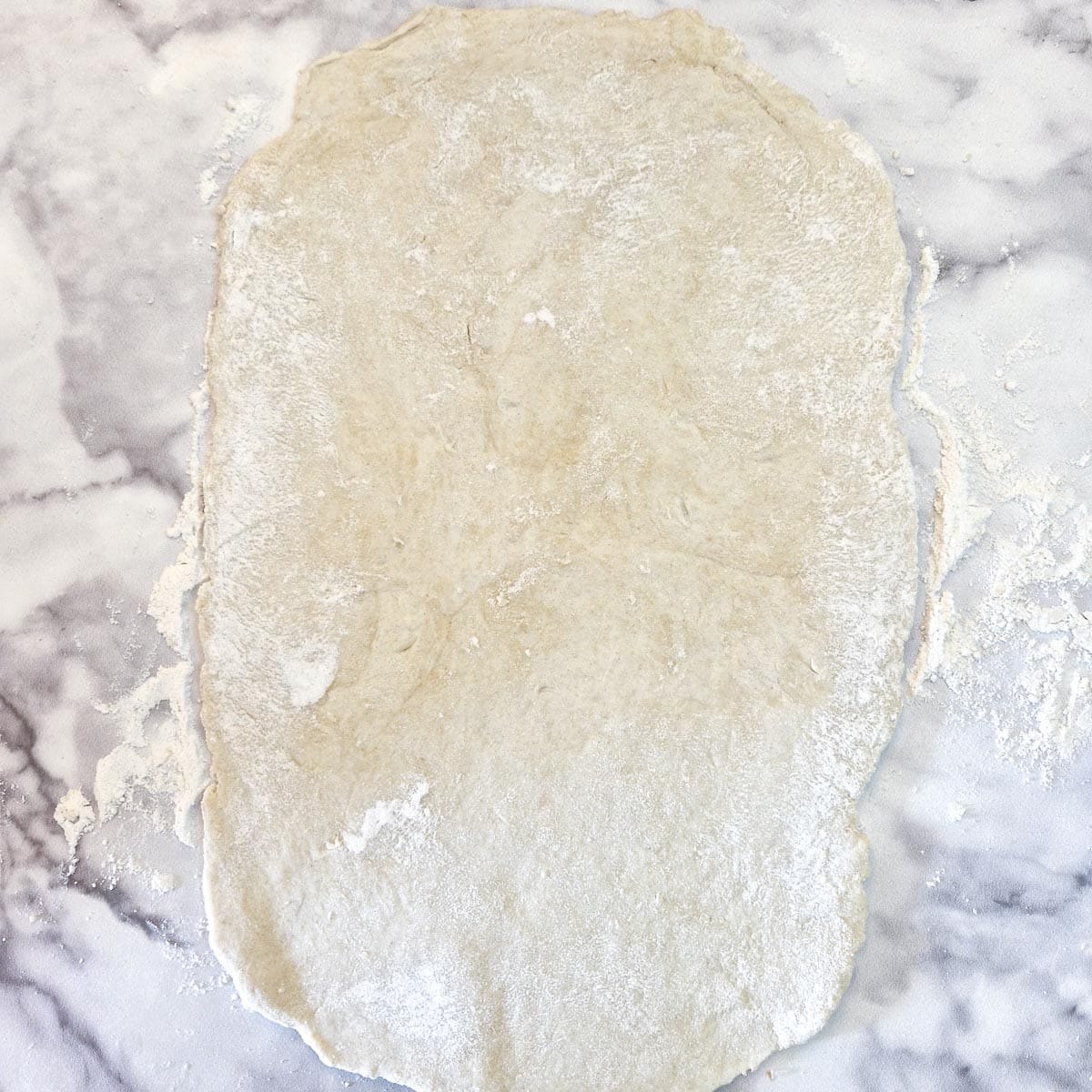
Roll the dough out into a rectangular shape. The thickness should be about one-eighths of an inch.
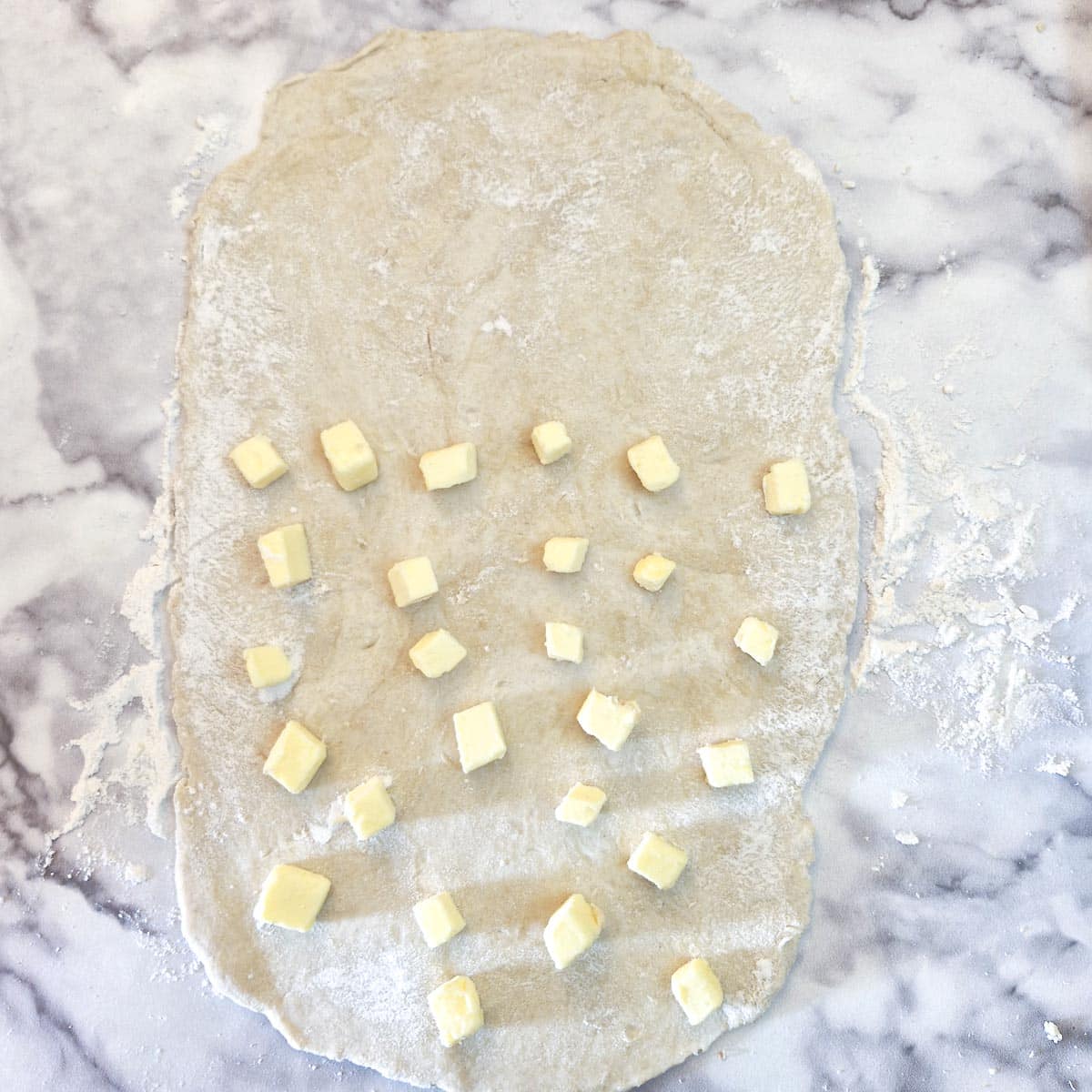
Cut the remaining butter into small pieces. Dot one-third of the butter pieces over the bottom two-thirds of the pastry.
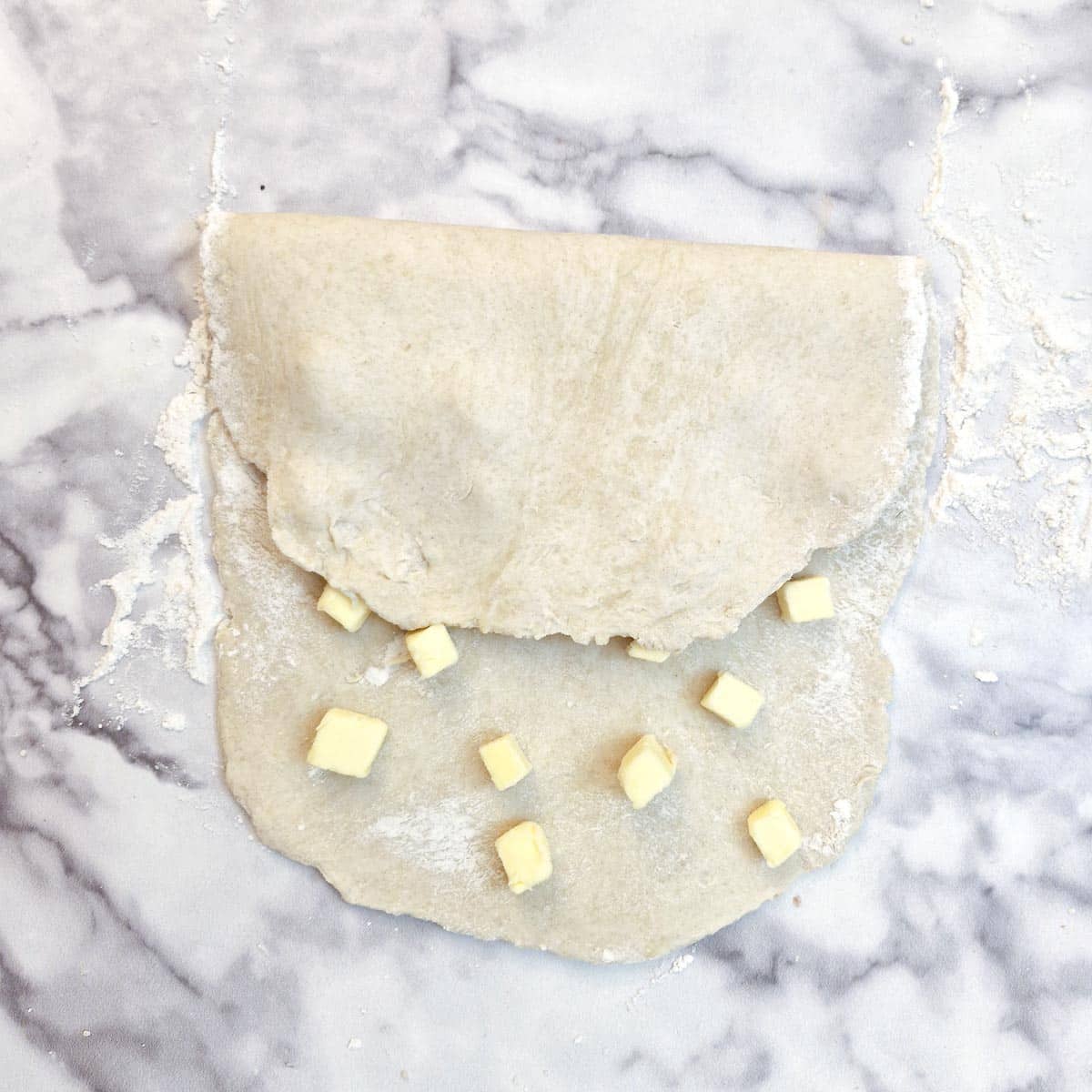
Fold the uncovered pastry down to cover one-third of the pastry.
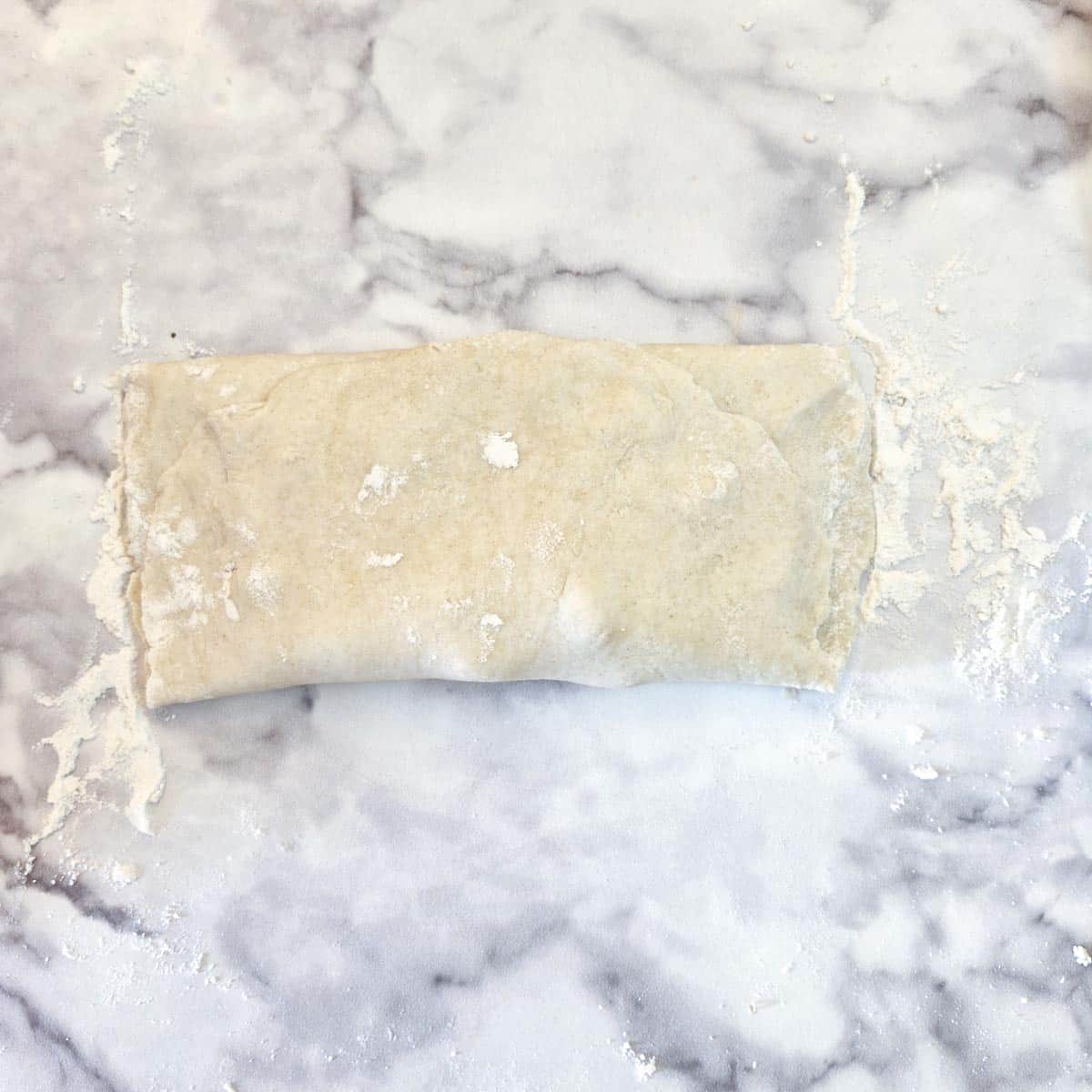
Fold the remaining one-third of the pastry up to enclose the remaining butter. Press lightly on the sides of the pastry to seal the edges.
Now give the pastry a 90-degree turn and repeat the last 4 steps twice more using the remaining two-thirds of the butter.
You should have done three rolls and folds.

Roll the pastry for a final time and then fold it over on itself to form a rectangle and place it in a plastic bag or cover it with clingfilm. Place it in the refrigerator to chill for half an hour.
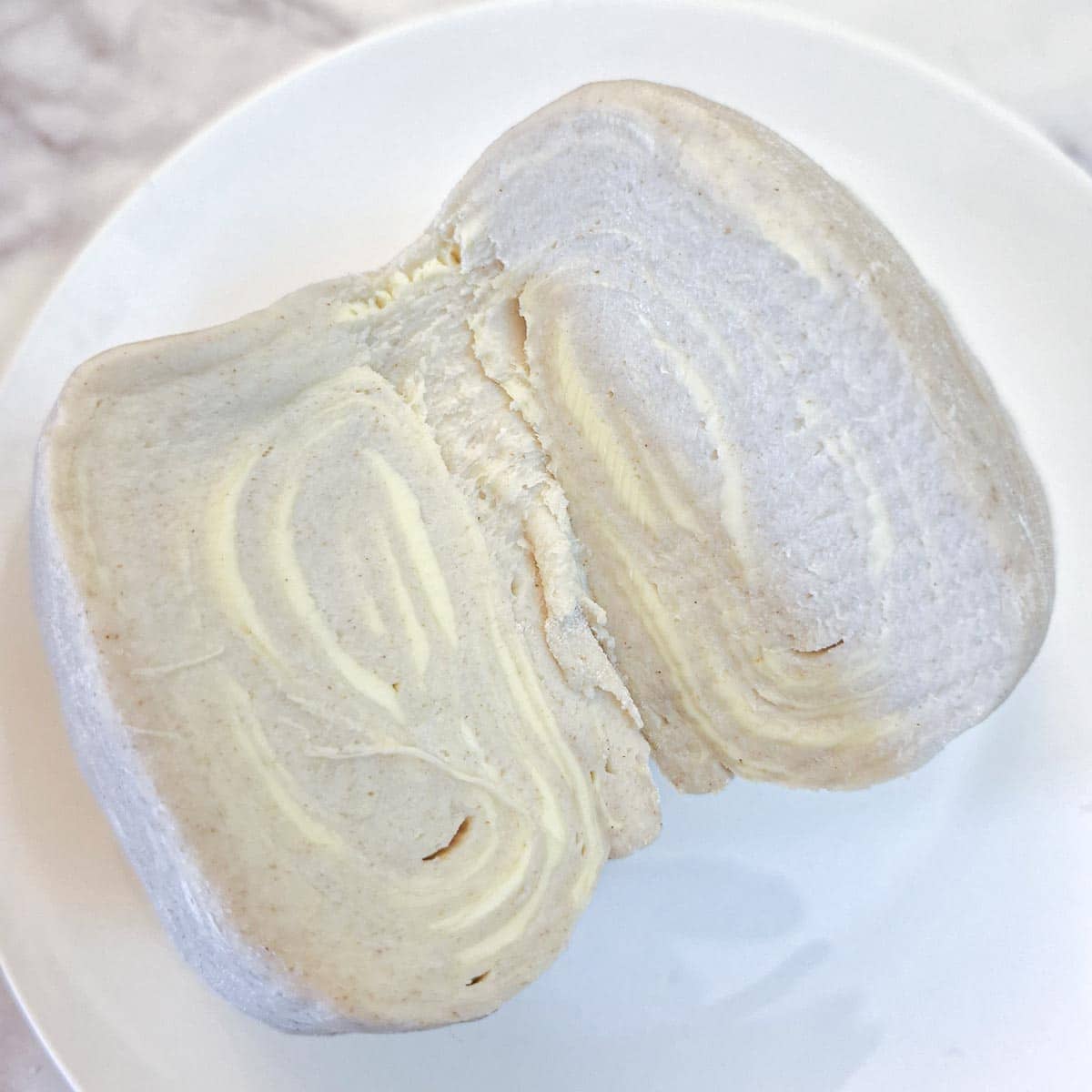
This final picture shows the finished pastry cut in half so you can see the laminations that have formed in the pastry due to the rolling and folding.
Once the pastry has rested for half an hour, you can use it to make your Eccles cakes.
Filling for Eccles cakes
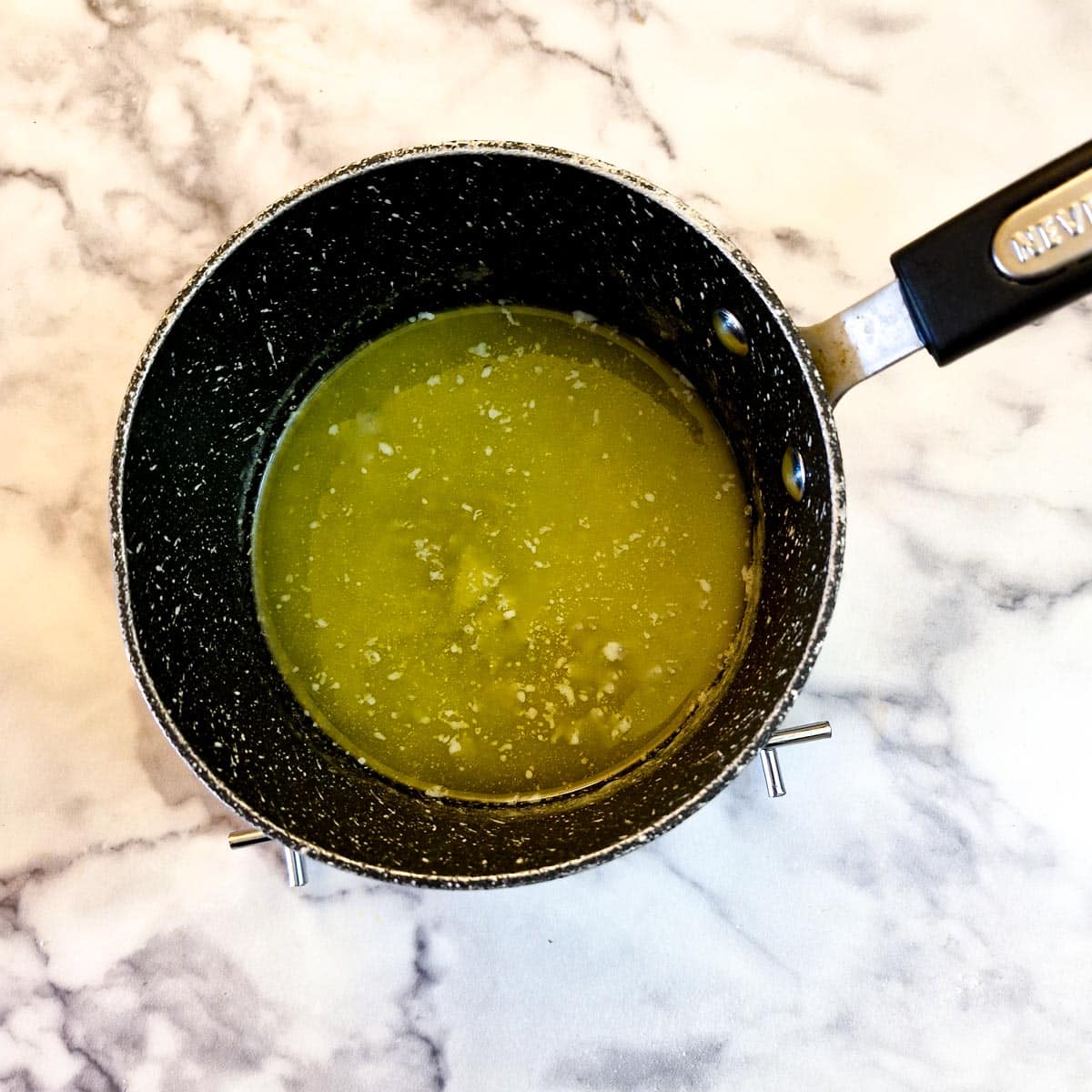
Melt the butter in a small saucepan over a low heat.
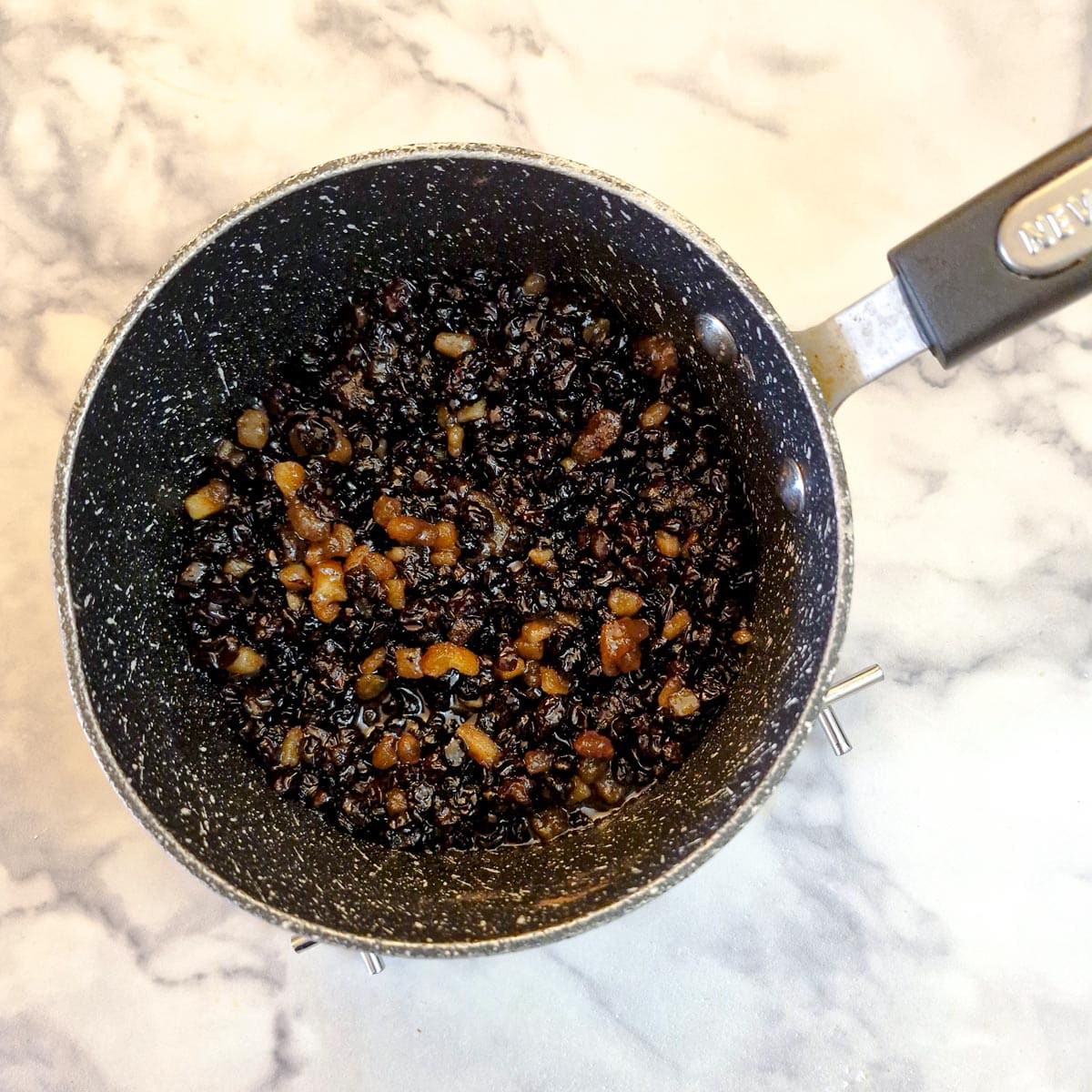
Add the fruit, dried peel, brown sugar and spices and stir over a low heat until the sugar has dissolved. Set aside to cool.
Assemble and bake
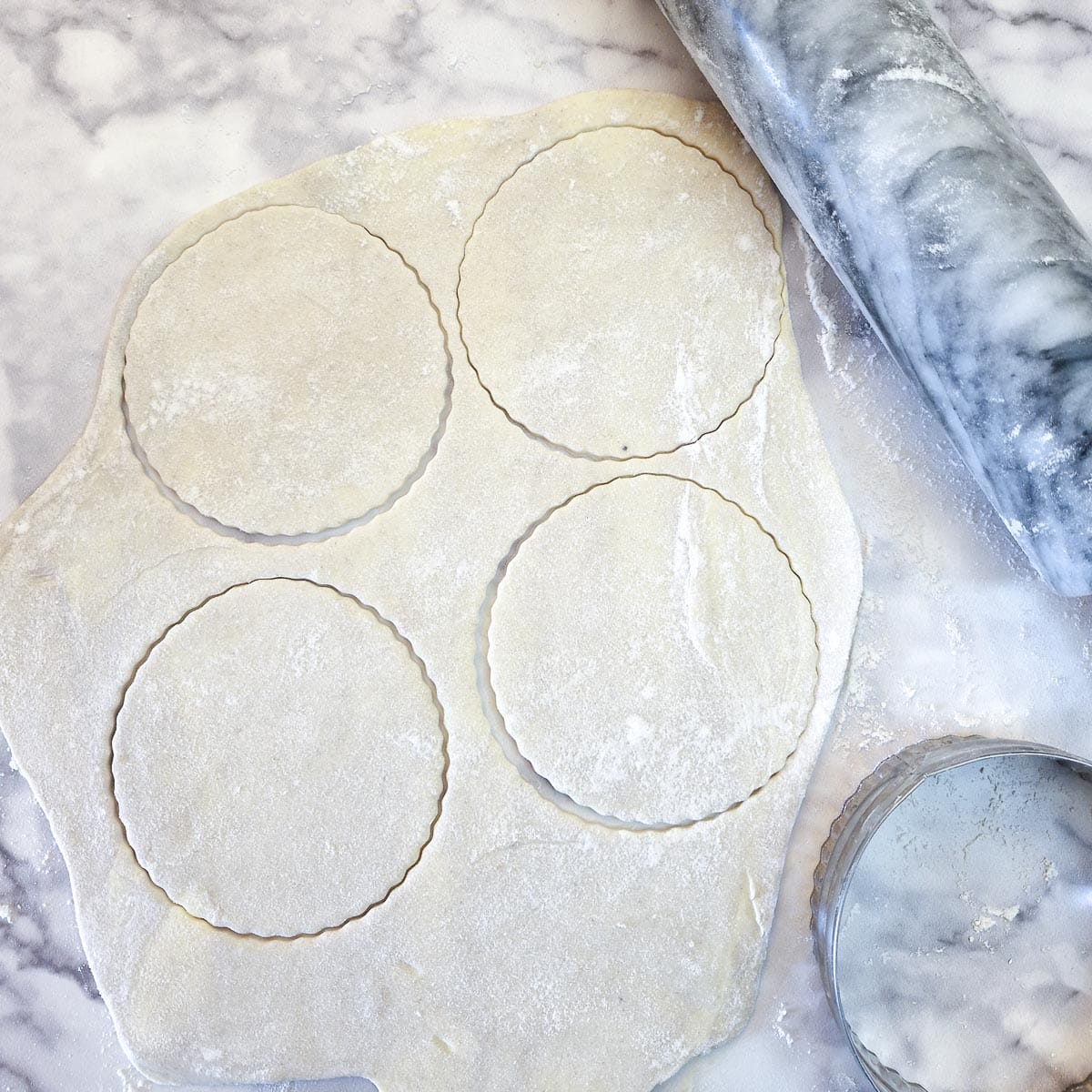
Roll out half of the pastry on a lightly floured surface to approximately one-eighths of an inch in thickness and using a 4.5-inch cutter cut 4 circles. Set the scraps of pastry aside.
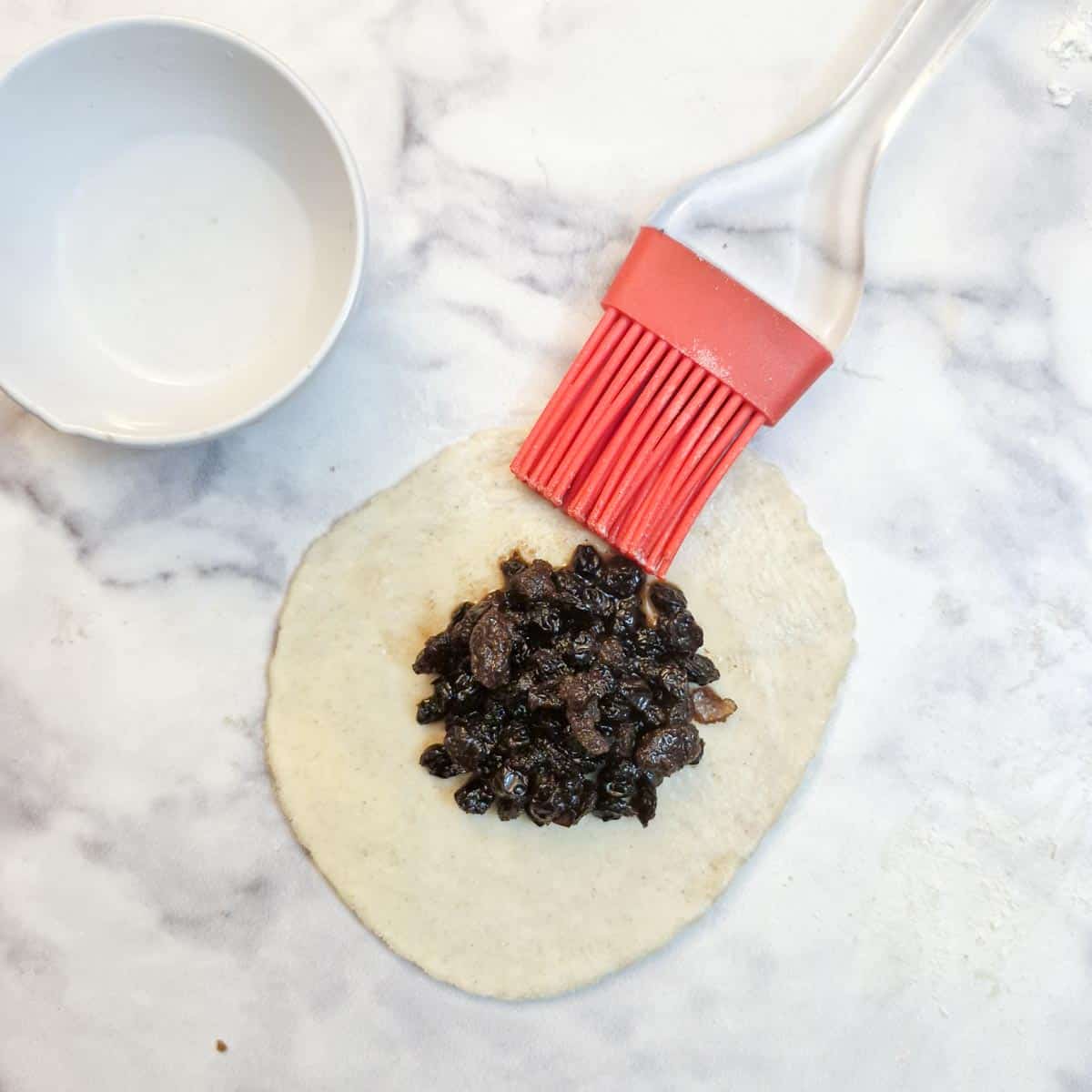
Place a tablespoon of filling into the centre of one piece of dough and brush the edges of the pastry with water.
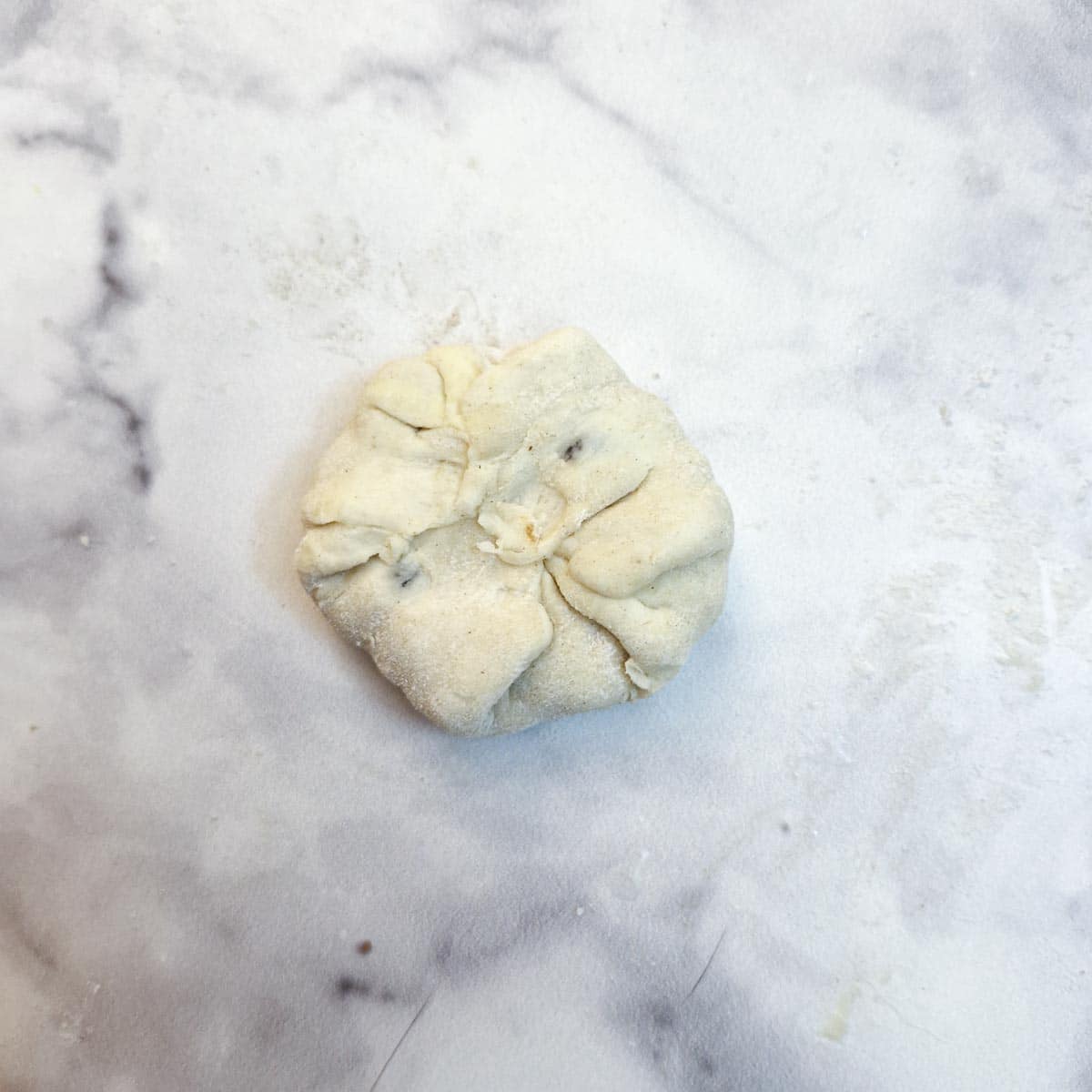
Fold the edges of the pastry up and around the filling and press together to seal.
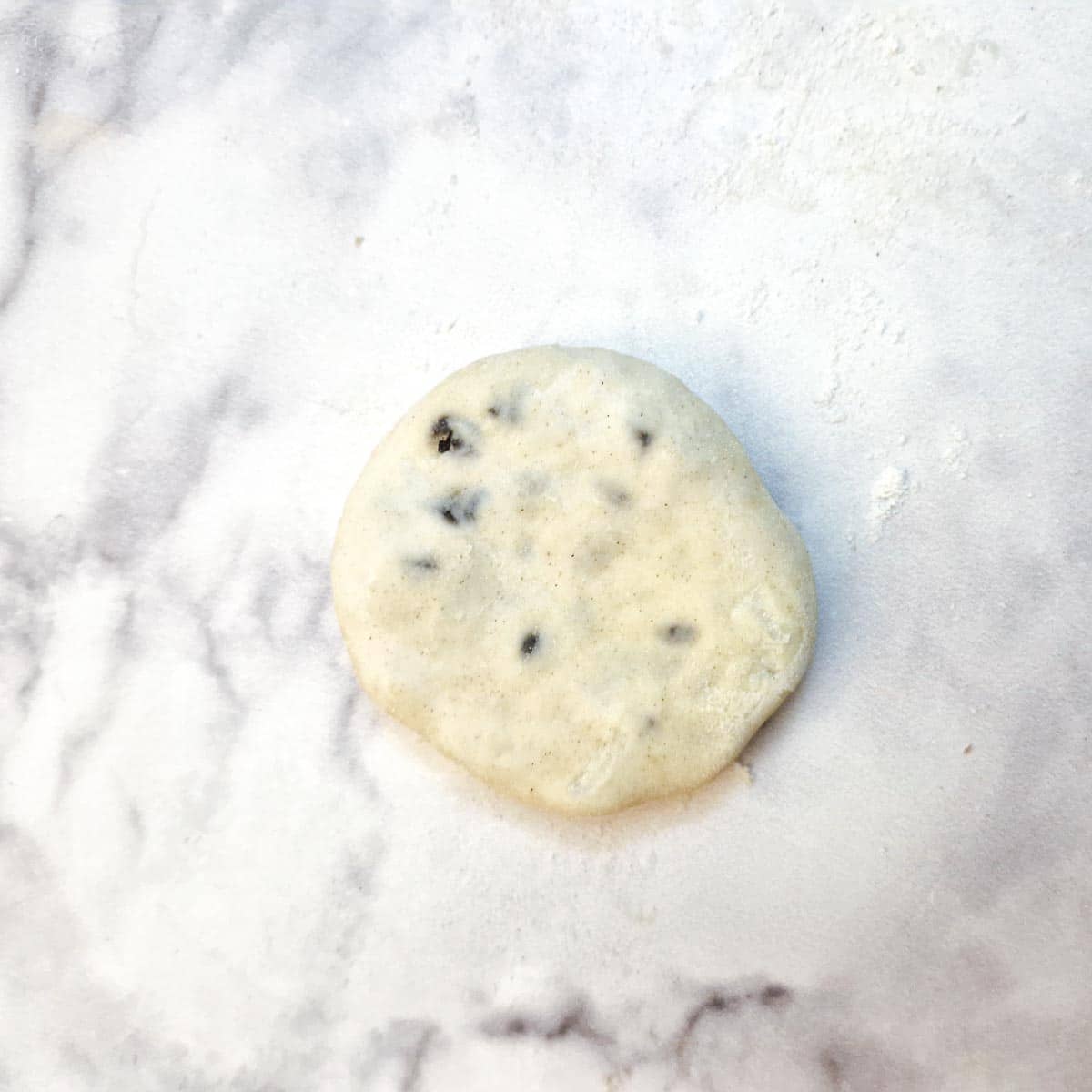
Turn the pastry over and press down slightly to flatten.
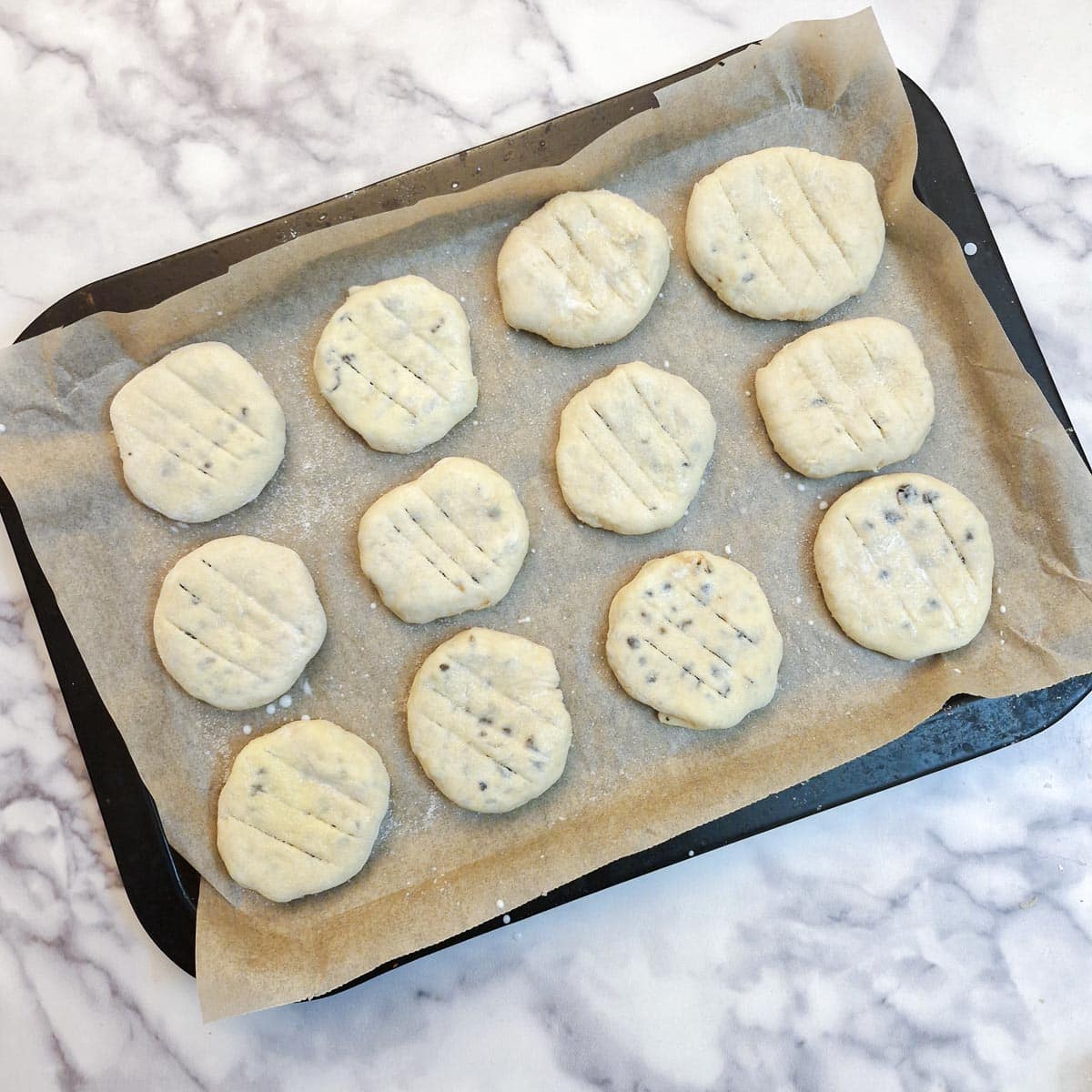
Repeat with the remaining pastry and place the Eccles cakes onto a baking tray. Cut three slits into the top of each cake with a sharp knife, brush the tops of each cake with milk and sprinkle with sugar.
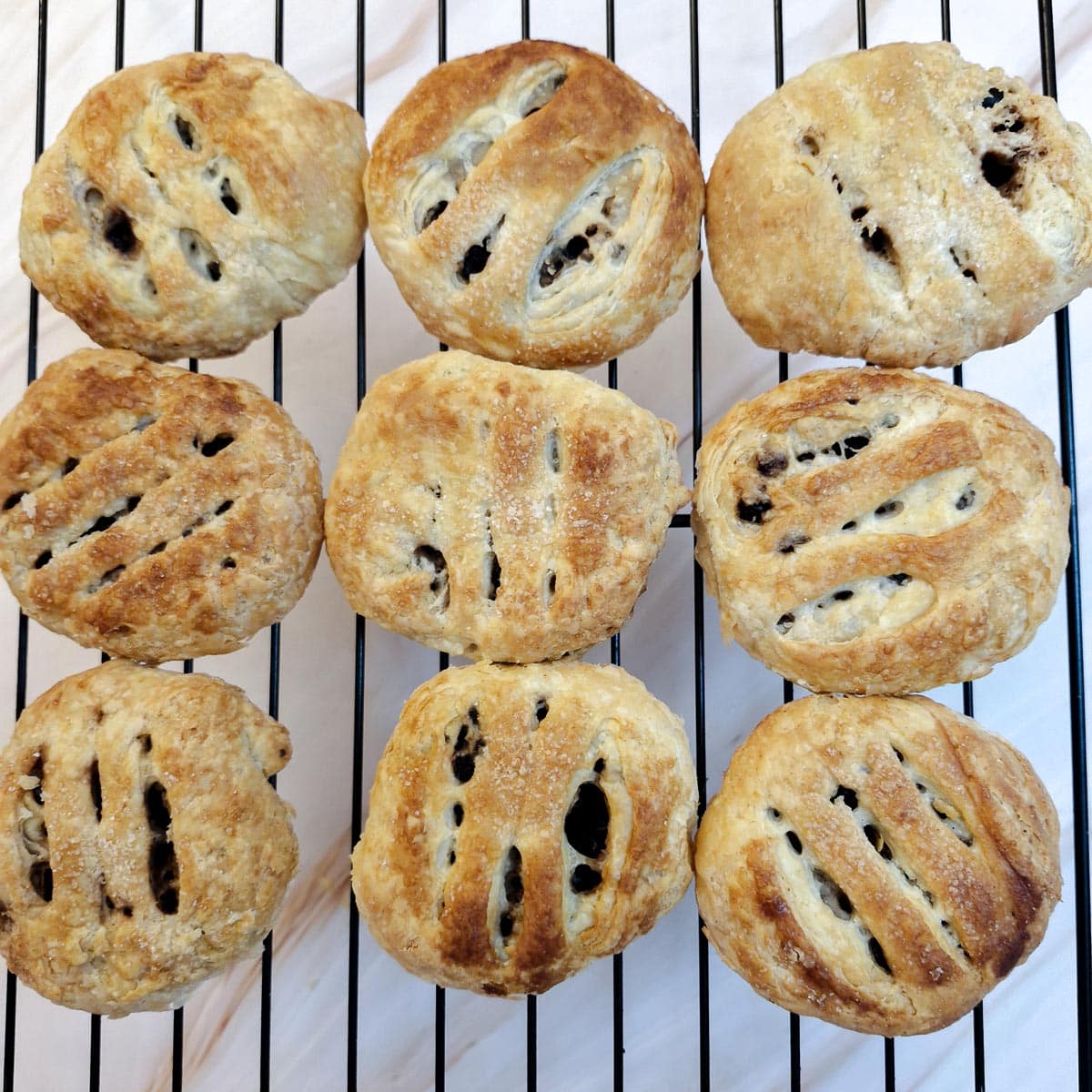
Bake in a preheated oven (200C / 400F) for 20 minutes until puffed and golden. Transfer to a wire rack to cool.
Tips for a perfect outcome
Here are my top tips to ensure your Eccles cakes turn out perfectly:
Pastry
- Keep your ingredients as cold as possible - use butter that has just come out of the refrigerator, and use ice-cold water for mixing.
- Take care to rub the butter completely into the flour. The idea is to coat each tiny grain of flour with butter. Use your fingertips to rub the flour and butter together and at the same time, lift your hands above the bowl so the flour drops back down. This technique helps to incorporate air into the pastry.
- Use only enough water so the pastry comes together in a soft non-sticky ball. You may not need all the water stated in the recipe.
- Do not knead the pastry when you are pressing it together. As soon as it comes together it will be fine.
- When rolling the pastry, use as little flour as possible - just enough to ensure the pastry does not stick to your work surface. Using too much flour will upset the balance of ingredients and make the pastry tough.
- Make sure you press the edges of the pastry to seal the folds so that the butter doesn't ooze out as you roll.
- If the pastry becomes too soft to handle, pop it back into the refrigerator for a few minutes to give the butter a chance to harden. You may find you have to do this if your kitchen is very warm, or if it is a hot summer's day.
Eccles cakes
- When making the filling do not allow it to boil for too long - you should boil and stir it just enough for the sugar to dissolve.
- Allow the filling to cool before assembling the Eccles cakes. If the filling is too hot it will cause the pastry to melt and you may end up with a sticky mess.
- Don't get too hung up about closing the pastry neatly over the filling. You are going to bake them seam-side down so it won't show in the finished cakes.
- That said, do try to seal the cakes completely or the filling will ooze out when the cakes are baking in the oven.
- Use half of the pastry to cut 4 circles. Use the second half to cut another 4 circles. Reroll the scraps of pastry to make another 4 circles.
- When cutting the three slits in the top of the cakes you should just cut into the top layer of pastry. The reason for making the slits is to allow steam to escape as the cakes bake.
- Do allow the cakes to cool before sampling them. The filling will be HOT!
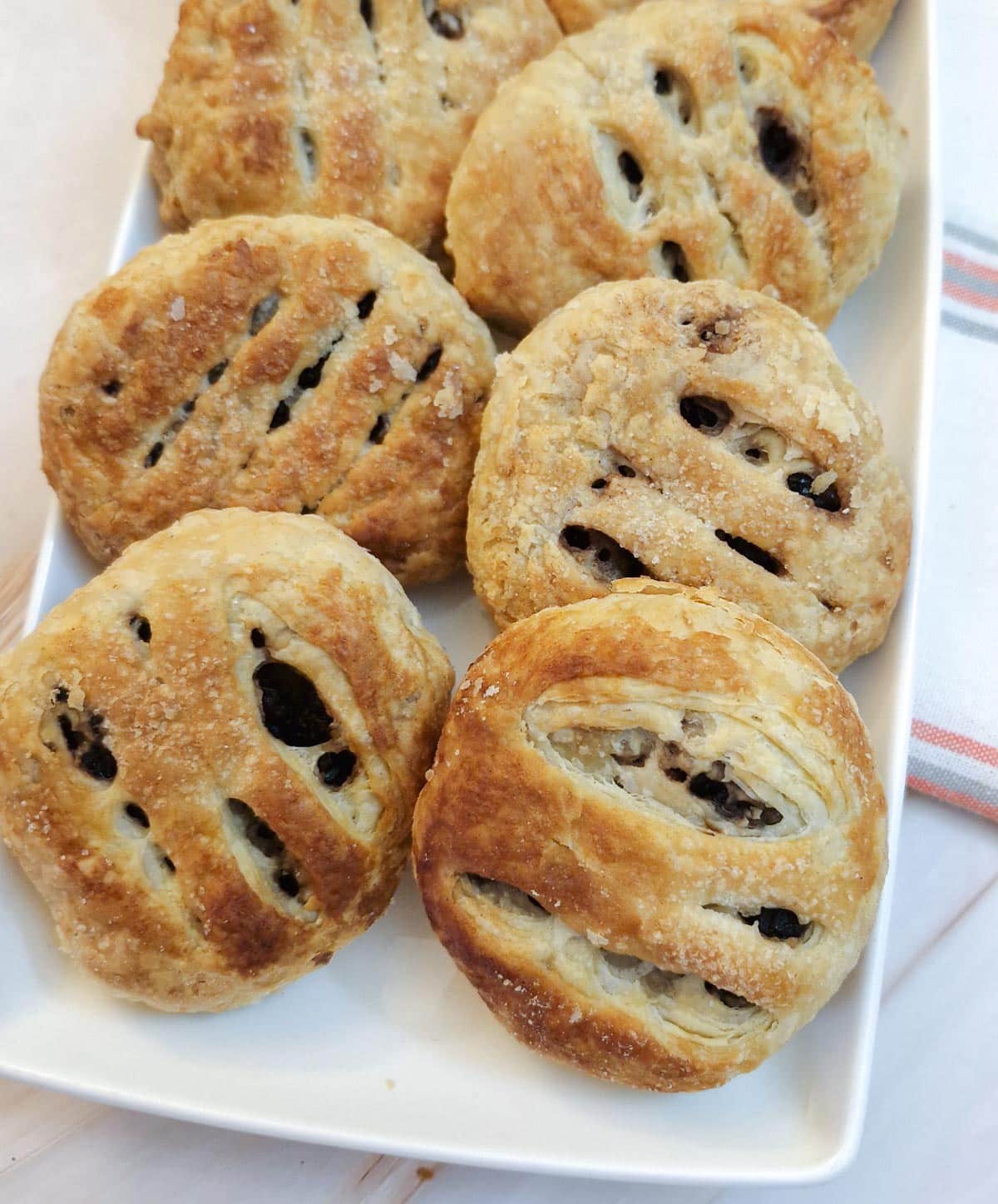
Variations
While traditional Eccles cakes are filled with dried fruit, brown sugar, butter and spices, there are plenty of alternatives you could try to customise this classic recipe to your own taste:
- Apple and cinnamon - replace the dried fruit with finely diced apple.
- Pear and ginger - use a mixture of diced pears and crystallised ginger in place of the dried fruit.
- Blueberry and lemon - replace the dried fruit with blueberries, and swap out the cinnamon for a teaspoon of grated lemon rind. Add a splash of lemon juice or a few drops of lemon essence to enhance the lemon flavour.
- Cherry and chocolate - replace some of the fruit with chopped dried cherries and stir in one or two tablespoons of chocolate chips.
- Make them Christmassy and use a jar of fruit mincemeat for the filling for a Christmas mince pie with a difference.
Equipment
If you are making the pastry yourself, you will need a large mixing bowl. I have an earthenware bowl similar to the one I've linked to. I like to use it for pastry because it's large enough to get your hands in to rub the flour and butter together without the flour going all over the kitchen!
For rolling the pastry and cutting the pastry rounds you will need a rolling pin and a 4.5-inch pastry cutter. You will also need a baking tray to bake the Eccles cakes. I like to line my tray with baking parchment to catch any bits of sticky filling which may overflow onto the tray.
To make the filling, you will need a small saucepan.
Storage
Eccles cakes freeze well. Pack them in layers in a rigid container, separating the layers with a sheet of baking parchment.
When you are ready to serve them, allow them to defrost on the counter and then reheat them in a hot oven for 5 minutes or so.
You can store Eccles cakes in an airtight container in the kitchen. They will stay fresh for up to 5 days. There is no need to refrigerate.
Save for later
If you would like to make these Eccles cakes for yourself, why not save the recipe to one of your Pinterest boards so you can find it easily? Just click on the image below.
Alternatively, you can save the recipe by clicking on the floating heart icon on the right-hand side of the screen.
Related recipes
If you enjoyed this recipe you might like to try some of these other traditional British recipes:
📋The recipe

Lancashire Eccles cakes
(Click the stars to rate this recipe)
Ingredients
Flaky pastry
- 8 ounces / 225 grams plain flour (all-purpose)
- 3 ounces / 85 grams unsalted butter to mix with flour
- 3 ounces / 85 grams unsalted butter for laminating the pastry
- 6 to 7 tablespoons / 100 ml ice cold water approximately
- ½ teaspoon salt optional
Filling
- 3 ounces / 85 grams unsalted butter
- 6 ounces / 170 grams currants
- 2 ounces / 60 grams candied mixed peel
- 2 ounces / 60 grams brown sugar
- 1 teaspoon dried cinnamon
- ¼ teaspoon ground nutmeg
Glaze
- 2 tablespoons milk
- 1 tablespoon brown or white sugar
Instructions
Flaky pastry
- Cut the butter into cubes and place it with the flour and salt into a mixing bowl.8 ounces / 225 grams plain flour (all-purpose), 3 ounces / 85 grams unsalted butter, ½ teaspoon salt
- Use your fingertips to rub the butter into the flour until the flour resembles fine breadcrumbs.
- Add the water and mix with a flat-bladed knife until the mixture turns into a shaggy dough.6 to 7 tablespoons / 100 ml ice cold water
- Tip the dough out onto a lightly floured surface and press it gently until it comes together in a disk.
- Roll the dough out into a rectangular shape. The thickness should be about one-eighths of an inch.
- Cut the remaining butter into small pieces. Dot one-third of the butter pieces over the bottom two-thirds of the pastry.3 ounces / 85 grams unsalted butter
- Fold the uncovered pastry down to cover one-third of the pastry.
- Fold the remaining one-third of the pastry up to enclose the remaining butter. Press lightly on the sides of the pastry to seal the edges.
- Now give the pastry a 90-degree turn and repeat the last 4 steps twice more using the remaining two-thirds of the butter. (ie roll out, dot with pastry and fold). You should have done three rolls and folds in total.
- Roll the pastry for a final time and then fold it over on itself to form a rectangle and place it in a plastic bag or cover it with clingfilm. Place it in the refrigerator to chill for half an hour.
Filling
- Melt the butter in a small saucepan over a low heat.3 ounces / 85 grams unsalted butter
- Add the fruit, dried peel, brown sugar and spices and stir over a low heat until the sugar has dissolved. Set aside to cool.6 ounces / 170 grams currants, 2 ounces / 60 grams candied mixed peel, 2 ounces / 60 grams brown sugar, 1 teaspoon dried cinnamon, ¼ teaspoon ground nutmeg
Assemble and bake
- Preheat the oven to 200°C / 400°F.
- Roll out half of the pastry to approximately one-eighths of an inch in thickness and using a 4.5-inch cutter cut 4 circles. Set the scraps of pastry aside.
- Place a tablespoon of filling into the centre of one piece of dough and brush the edges of the pastry with water.
- Fold the edges of the pastry up and around the filling and press together to seal.
- Turn the pastry over and press down slightly to flatten.
- Repeat with the remaining pastry and then place the Eccles cakes onto a baking tray. Cut three slits into the top of each cake with a sharp knife, brush the tops of each cake with milk and sprinkle with sugar.2 tablespoons milk, 1 tablespoon brown or white sugar
- Bake in a preheated oven (200C / 400F) for 20 minutes until puffed and golden. Transfer to a wire rack to cool.
Notes
- Keep your ingredients as cold as possible - use butter that has just come out of the refrigerator, and use ice-cold water for mixing.
- Take care to rub the butter completely into the flour. The idea is to coat each tiny grain of flour with butter. Use your fingertips to rub the flour and butter together and at the same time, lift your hands above the bowl so the flour drops back down. This technique helps to incorporate air into the pastry.
- Use only enough water so the pastry comes together in a soft non-sticky ball. You may not need all the water stated in the recipe.
- Do not knead the pastry when you are pressing it together. As soon as it comes together it will be fine.
- When rolling the pastry, use as little flour as possible - just enough to ensure the pastry does not stick to your work surface. Using too much flour will upset the balance of ingredients and make the pastry tough.
- Make sure you press the edges of the pastry to seal the folds so that the butter doesn't ooze out as you roll.
- If the pastry becomes too soft to handle, pop it back into the refrigerator for a few minutes to give the butter a chance to harden. You may find you have to do this if your kitchen is very warm, or if it is a hot summer's day.
- When making the filling do not allow it to boil for too long - you should boil and stir it just enough for the sugar to dissolve.
- Allow the filling to cool before assembling the Eccles cakes. If the filling is too hot it will cause the pastry to melt and you may end up with a sticky mess.
- Don't get too hung up about closing the pastry neatly over the filling. You are going to bake them seam-side down so it won't show in the finished cakes.
- That said, do try to seal the cakes completely or the filling will ooze out when the cakes are baking in the oven.
- Use half of the pastry to cut 4 circles. Use the second half to cut another 4 circles. Reroll the scraps of pastry to make another 4 circles.
- When cutting the three slits in the top of the cakes you should just cut into the top layer of pastry. The reason for making the slits is to allow steam to escape as the cakes bake.
- Do allow the cakes to cool before sampling them. The filling will be HOT!
- Apple and cinnamon - replace the dried fruit with finely diced apple.
- Pear and ginger - use a mixture of diced pears and crystallised ginger in place of the dried fruit.
- Blueberry and lemon - replace the dried fruit with blueberries, and swap out the cinnamon for a teaspoon of grated lemon rind. Add a splash of lemon juice or a few drops of lemon essence to enhance the lemon flavour.
- Cherry and chocolate - replace some of the fruit with chopped dried cherries and stir in one or two tablespoons of chocolate chips.
- Make them Christmassy and use a jar of fruit mincemeat for the filling for a Christmas mince pie with a difference.
- Eccles cakes freeze well. Pack them in layers in a rigid container, separating the layers with a sheet of baking parchment.
- When you are ready to serve them, allow them to defrost on the counter and then reheat them in a hot oven for 5 minutes or so.
- You can also store Eccles cakes in an airtight container in the kitchen. They will stay fresh for up to 5 days. There is no need to refrigerate.
Nutrition
I am not a nutritionist. The nutrition information has been calculated using an on-line calculator, and is intended for information and guidance purposes only. If the nutrition information is important to you, you should consider calculating it yourself, using your preferred tool.
If you made this recipe and enjoyed it, I'd love it if you could give me a star rating in the comments below. And if you'd like to get in touch, you can email me at [email protected]. I'd love to hear from you. And don't forget to subscribe to my mailing list so you can grab yourself a copy of my FREE COOKBOOK!
If you'd like to continue browsing, just click on this link to all my recipes.


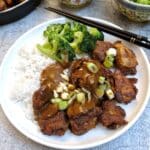
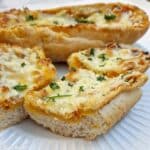
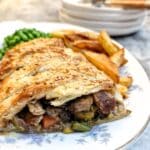
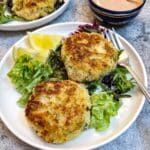
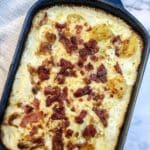
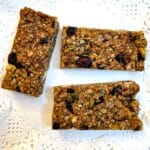
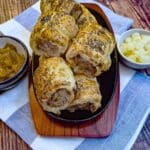
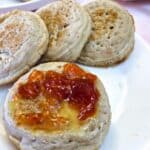
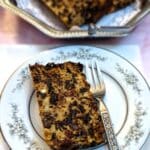

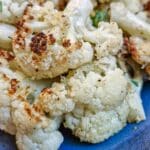
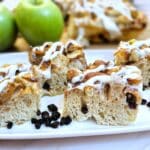
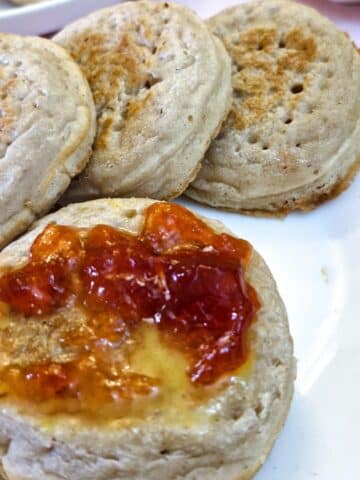
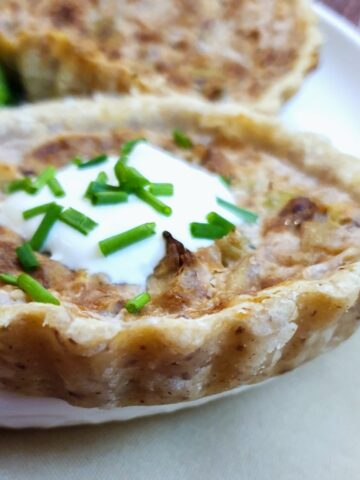
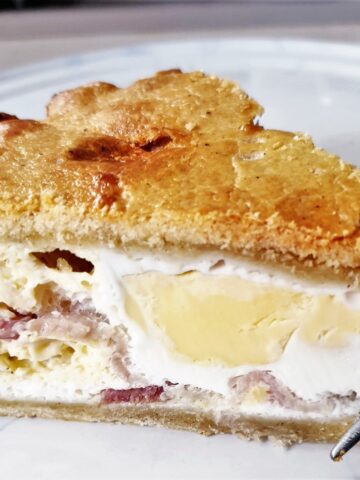
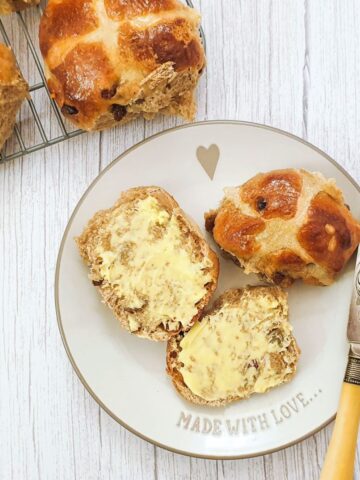

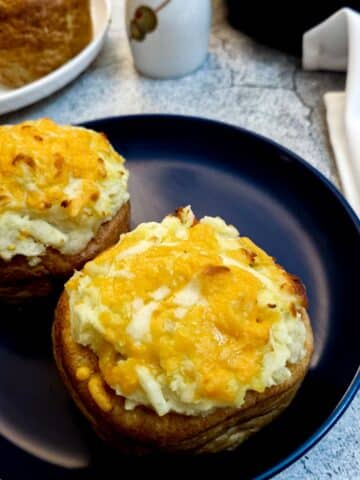
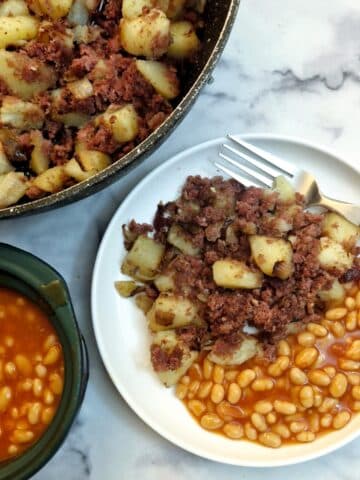

Did you make this recipe? Let me know!